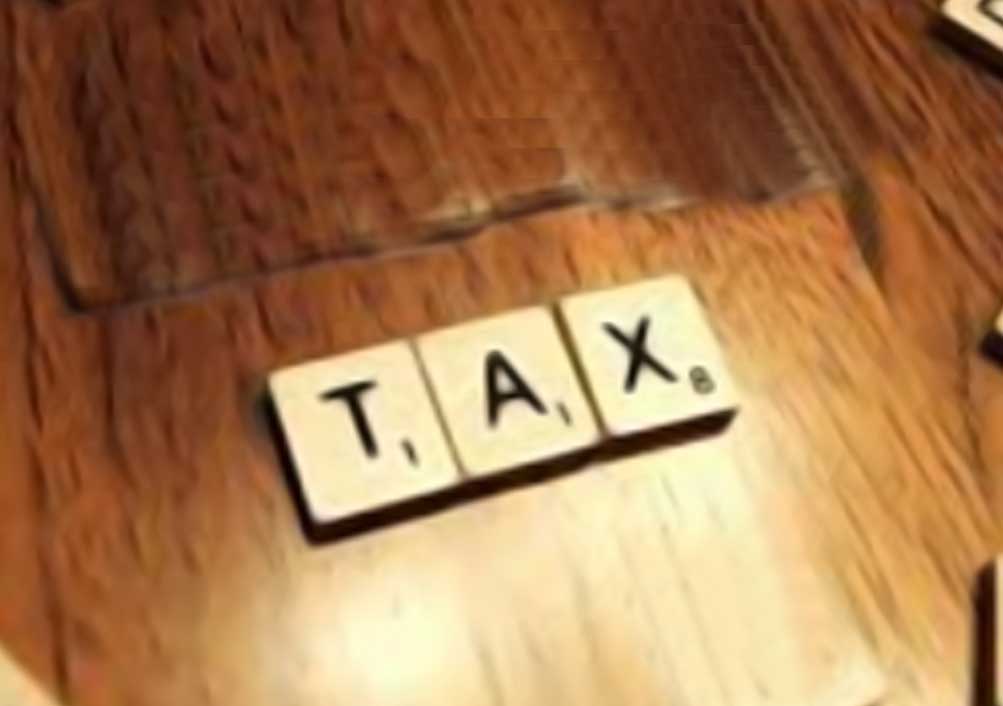Levy u/s 52 of U.P. Water Supply and Sewerage Act, 1975, is in nature of ‘tax’ and not ‘fee’, clarifies Apex Court

Read Judgment: Jalkal Vibhag Nagar Nigam & Ors. vs. Pradeshiya Industrial And Investment Corporation & Anr.
Pankaj Bajpai
New Delhi, October 25, 2021: The Supreme Court has recently held that the levy which is imposed u/s 52 of the UP Water Supply and Sewerage Act, 1975 is a tax on lands and buildings situated within the area of the Jal Sansthan for the purpose of imposing the tax.
Thus, the levy u/s 52 falls squarely under the ambit of Entry 49 of List II of the Seventh Schedule of the Constitution as it is in the nature of a tax and not a fee, added the Court.
A Larger Bench of Justice Dr. D.Y. Chandrachud, Justice Vikram Nath and Justice B.V. Nagarathna observed that the tax has been labelled as the water tax or a sewerage tax simply because it is imposed by the Jal Sansthan constituted under the Act, 1975.
That does not alter the nature of the levy which in substance is a tax on lands and buildings within the meaning of Entry 49 of List II of the Seventh Schedule of the Constitution, added the Bench.
“A fee may involve an element of compulsion and its proceeds may form a part of the Consolidated Fund. Similarly, the element of a quid pro quo is not necessarily absent in the case of every tax”, clarified the Apex Court.
The observation came pursuant to a petition challenging the judgment passed by Allahabad High Court (Lucknow Bench) whereby it had directed Jalkal Vibhag Nagar Nigam (petitioner) to refund water & sewerage taxes levied and collected under the provisions of the Act, 1975 from the Pradeshiya Industrial And Investment Corporation (first respondent), by relying upon a decision of this Court in Union of India v. State of U.P & Ors.
The background of the case was that a demand towards water tax was raised by the petitioner on the construction of a building at Gomti Nagar, Lucknow in 1986 by the first respondent under the auspices of the U.P. Rajkiya Nirman Nigam Limited.
Challenging the levy of water tax & sewerage tax, the first respondent contended that during the construction of the building, they had not obtained any water from the pipeline laid down by the petitioner within the area nor had they made a request for a fresh water connection.
Accordingly, the first respondent contended that such levy was ultra vires the provisions of Article 265 of the Constitution. Answering in affirmative, the Division Bench of the High Court directed the Petitioner to refund the water and sewerage taxes levied & collected.
After considering the provisions and arguments, the Top Court said that a basic principle of tax jurisprudence is that the levy of a tax cannot be conflated with its measure, and in the context of Section 52, the levy by the Jal Sansthan is “on premises situated within its area” meaning the area within which the Jal Sansthan exercises its jurisdiction and powers.
Stating that the levy is on premises, the Top Court explained that the expression ‘premises’ is defined u/s 2(18) to mean “any land or building”, and hence, read together with the definition of the expression “premises”, the levy is squarely on lands and buildings situated within the area of the Jal Sansthan, added the Court.
The Larger Bench clarified that while imposing the levy u/s 52(1)(a) the legislature has provided that the levy will be on premises situated within the area of the Jal Sansthan, where the area is covered by the water supply services of the Jal Sansthan. This stipulation in clause (a) does not render the levy a fee instead of a tax.
The purpose of the legislation in imposing a tax, which is prescribed as a water tax, is to enable the Jal Sansthan to finance the activities which it undertakes to plan, promote and execute schemes for and operate an efficient system of water supply, noted the Bench.
Opining that the raising of revenue in terms of Section 52(1)(a) is in the nature of a tax, the Larger Bench observed that restrictions which are imposed by Section 55 do not render the tax a fee, nor are they indicative of the tax being charged for the actual use of water.
Speaking for the Bench, Justice chandrachud observed that Section 56 is a clear indicator of the tax being in the nature of a compulsory exaction arising out of the fact that the premises comprise of land and building situated within the area of the Jal Sansthan, so long as the restrictions which are contained in Section 55 are not attracted.
Section 52 and Section 56 also indicate that the intention of the legislature is to collect water tax and sewerage tax from the occupier of the premises, where the premises are connected with water supply or, as the case may be, with a sewer of the Jal Sansthan and, in case where the premises are not so connected, from the owner of the premises, added Justice Chandrachud.
Therefore, the Larger Bench said that so long as a provision for water supply or sewerage is made by the Jal Sansthan in the area covered, the occupier or the owner of the premises is liable to pay the taxes.
Both the water tax as well as the sewerage tax could be consolidated for the purpose of levying, assessing and collecting them u/s 57 of the Uttar Pradesh Water Supply and Sewerage Act 1975 Act, added the Bench.
Hence, the Apex Court rejected the constitutional challenge to the validity of Sections 52 (1)(a), Section 55(b)(1) and Section 56 of the UP Water Supply and Sewerage Act.
Sign up for our weekly newsletter to stay up to date on our product, events featured blog, special offer and all of the exciting things that take place here at Legitquest.




Add a Comment